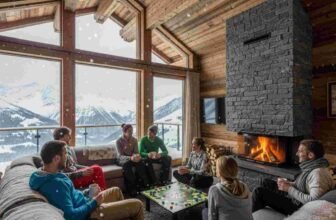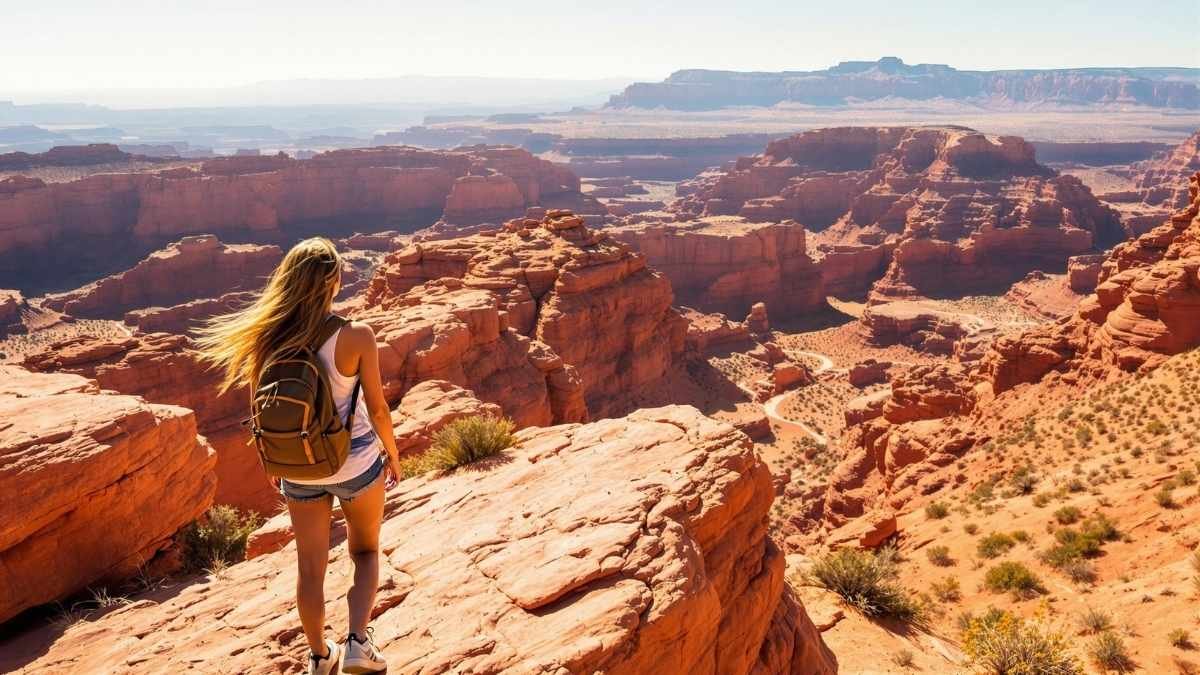
Some of the best adventures don’t start at the front gate—they begin on the road less traveled, just beyond the crowds, where the air feels wilder and the views come without a price tag.
These places don’t flash their names on postcards, but they hit just as hard—epic trails, jaw-dropping formations, and silence so complete it feels like the land is speaking only to you. If you’ve ever craved the thrill of discovery without the cost or chaos, you’re in for something special.
Let’s skip the entrance fees and head straight to the unforgettable—because not all national park magic requires a ticket.
1. Alabama Hills – Adjacent to Sequoia & Kings Canyon National Parks, California
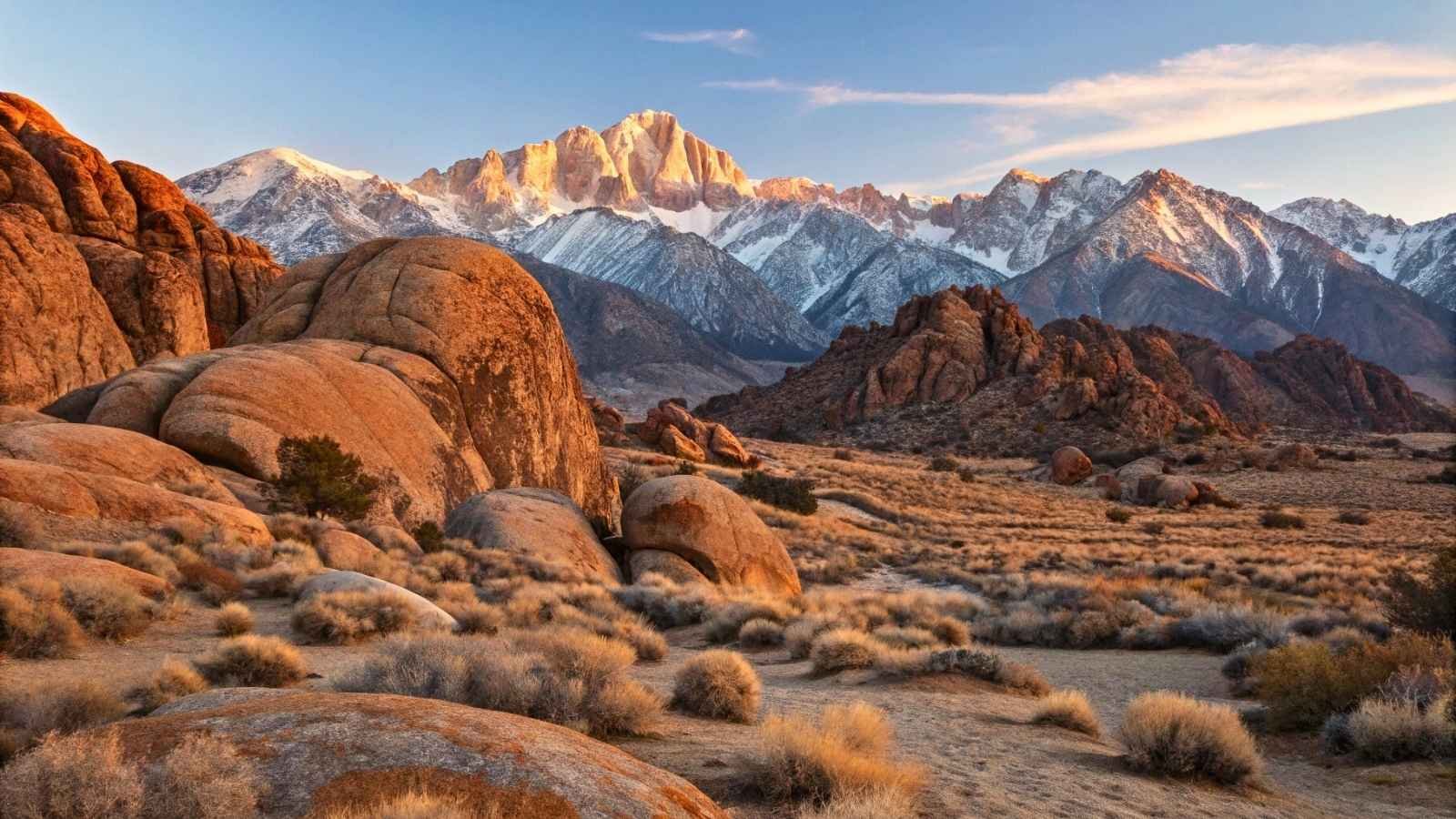
The Alabama Hills are like stepping into a western movie set, and that’s no accident—they’ve been the backdrop for hundreds of them. But beyond the cinematic appeal, this jumble of golden granite boulders, arches, and dramatic desert vistas feels downright otherworldly. It’s where the snow-capped Sierra Nevada, including the towering Mt. Whitney, meets Martian-like rock formations in a stark, stunning collision.
You can explore on foot, finding natural arches like the famous Mobius Arch, or cruise along Movie Road, a scenic drive packed with views. The area is managed by the Bureau of Land Management, which means it’s free to access and even free to camp in many areas, making it a haven for vanlifers, tent campers, and casual stargazers alike.
Despite its wildness, Alabama Hills is incredibly accessible. Just outside the quirky town of Lone Pine, it’s a quick detour from Highway 395—easy to get to, hard to forget.
Quick Facts:
- Best Months to Visit: October–May (summers are hot)
- Camping: Dispersed camping allowed (pack in/pack out)
- Hiking Highlight: Mobius Arch Loop (0.6 miles, easy)
- Pet-Friendly: Yes
- Fees: None
2. Cathedral Valley – Adjacent to Capitol Reef National Park, Utah
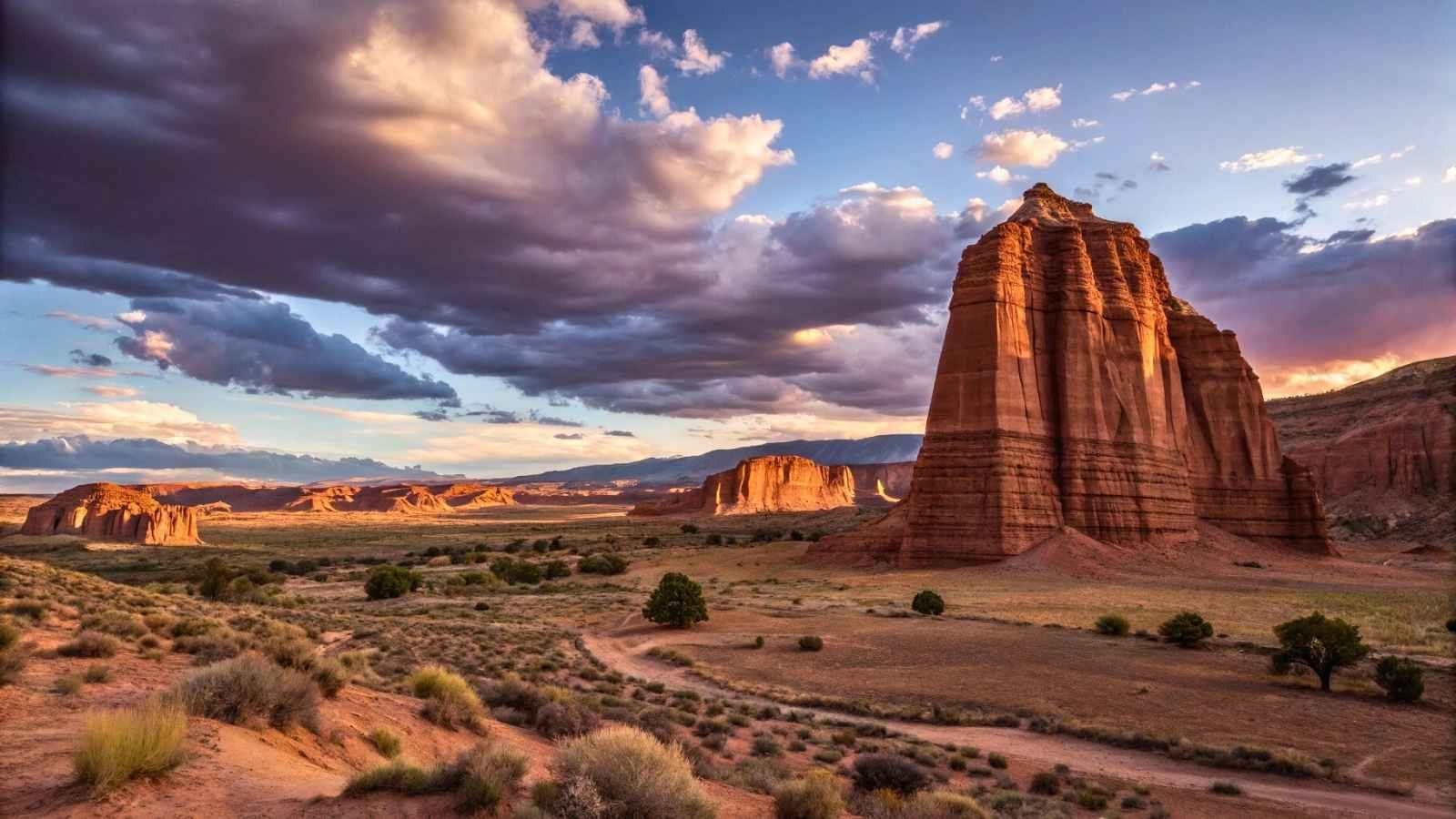
If you’ve ever dreamed of Mars but want to stay on Earth, Cathedral Valley is calling. This remote, high-desert area sits in the northern reaches of Capitol Reef’s boundaries but is managed as backcountry BLM land, meaning it’s completely free to explore. You’ll need a high-clearance vehicle and some gumption, but the reward is utter silence and mind-bending views.
You’ll drive through valleys flanked by sandstone monoliths like Temple of the Sun and Temple of the Moon, structures that seem sculpted by giants. The scale and solitude here are hard to match. The 57-mile loop through Cathedral Valley is both a scenic drive and a choose-your-own-adventure hike; pull off wherever calls to you and start exploring.
What makes Cathedral Valley especially stunning is that very few people make it out here, even in peak season. If you’ve ever wanted to feel like you have a national park all to yourself, this is your place.
Quick Facts:
- Best Months to Visit: April–June, September–October
- Vehicle Requirements: High-clearance, 4WD recommended
- Camping: Primitive sites, no facilities
- Hiking Highlight: Cathedral Valley Loop Drive with short hikes to monolith viewpoints
- Fees: None
3. Valley of the Gods – Adjacent to Monument Valley, Utah
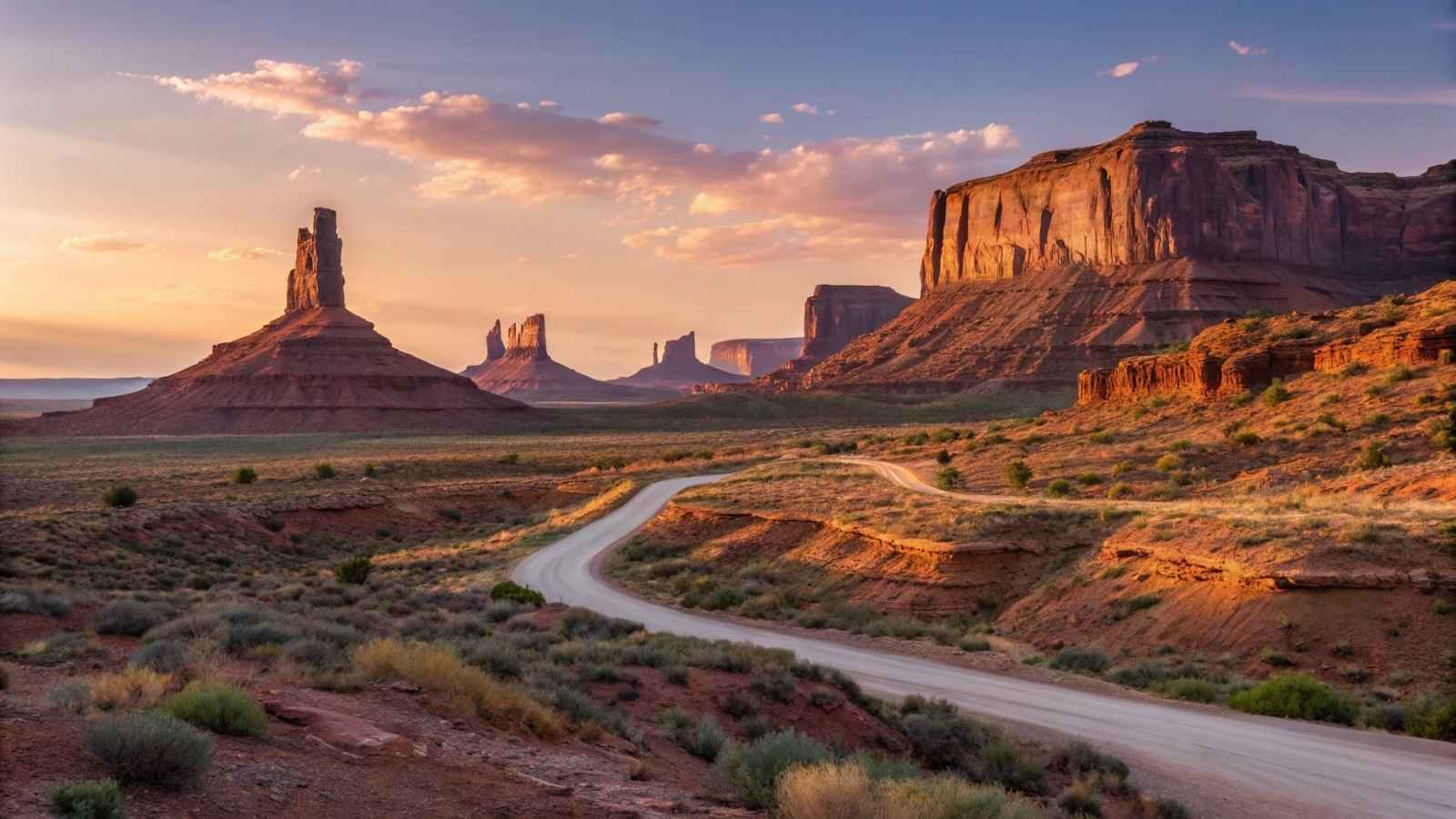
Tucked into the red rock wilderness of southeastern Utah, Valley of the Gods offers the dramatic buttes, mesas, and desert mystique of Monument Valley—without the entry fee, fences, or crowds. It’s BLM land, open to all, and you’re welcome to camp just about anywhere with a view.
The 17-mile dirt road that loops through the valley is accessible to most cars (weather permitting) and provides up-close views of formations with names like Lady in the Bathtub and Seven Sailors. But it’s not just a drive—pull over for a walk among the red giants, and you might not see another person all day.
Sunsets here are unforgettable, casting golden light and long shadows over the dramatic sandstone towers. And at night? Pitch-black skies filled with stars, no permit needed. Monument Valley is iconic, but the Valley of the Gods might just be more magical.
Quick Facts:
- Best Months to Visit: March–May, September–November
- Road Condition: Gravel, usually passable by 2WD when dry
- Camping: Free dispersed camping
- Hiking Highlight: No formal trails—explore freely
- Fees: None
4. Bisti/De-Na-Zin Wilderness – Adjacent to Chaco Culture National Historical Park, New Mexico
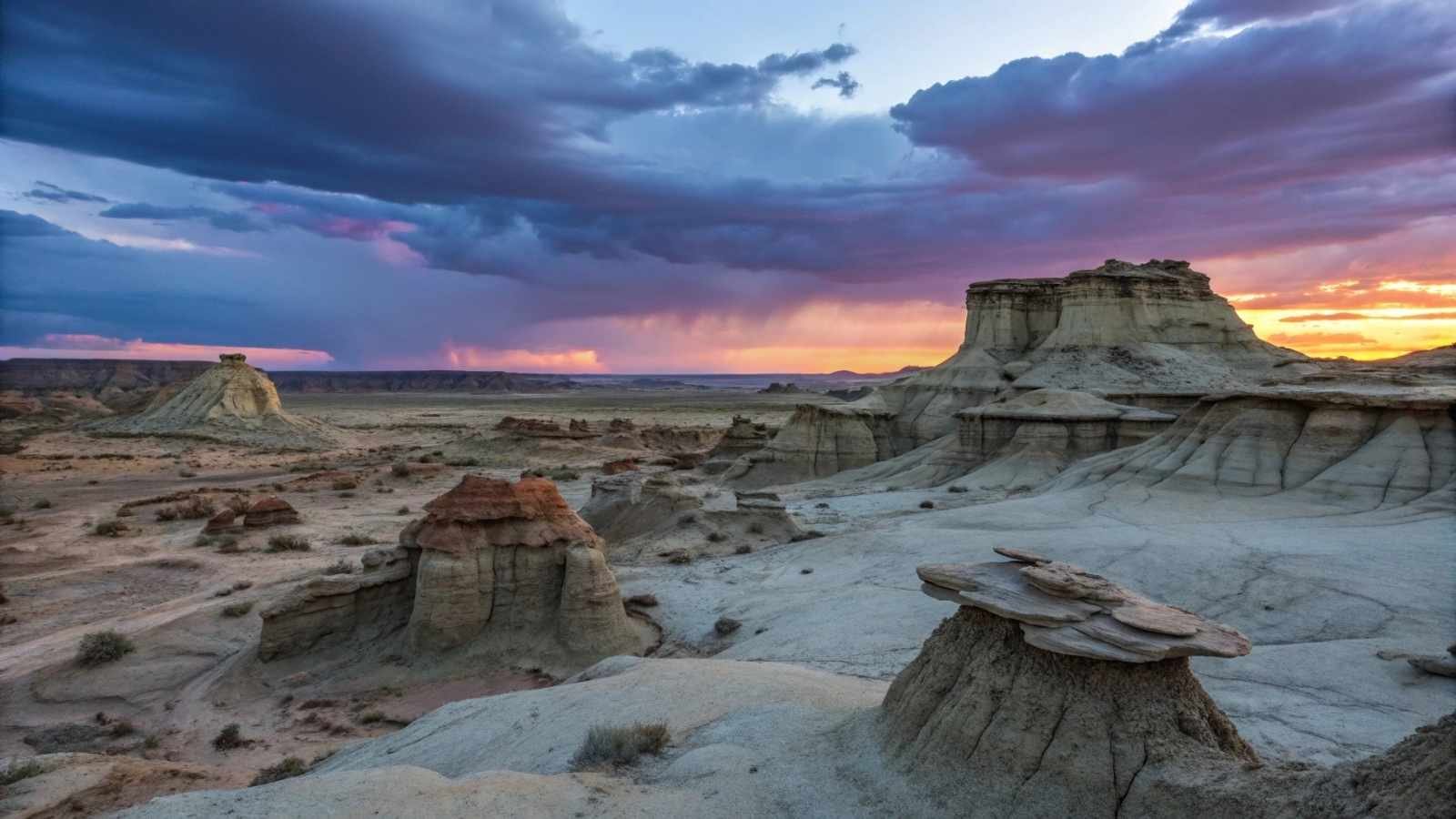
Surreal doesn’t quite do it justice. The Bisti/De-Na-Zin Wilderness is a remote, eerie expanse of badlands and hoodoos, petrified trees, and mushroom-shaped rocks. It’s like walking through a fantasy novel—but it’s just 30 miles south of Farmington, New Mexico, and free to enter.
There are no marked trails here—just GPS coordinates and your sense of adventure. Landmarks like The Cracked Eggs, Alien Throne, and Dragon’s Head are the kind of formations that spark curiosity and awe in equal measure. It’s quiet, it’s odd, and it’s exactly the kind of place you’ll talk about for years afterward.
Despite being rugged, this area is open to anyone willing to do a little navigating. And because it’s public BLM land, you can roam, photograph, and camp to your heart’s content.
Quick Facts:
- Best Months to Visit: October–April (too hot in summer)
- Navigation: GPS strongly recommended
- Camping: Primitive/dispersed
- Hiking Highlight: Cracked Eggs Trail (3–4 miles, off-trail navigation)
- Fees: None
5. Coyote Buttes South (Free Zones) – Adjacent to Vermilion Cliffs National Monument, Arizona
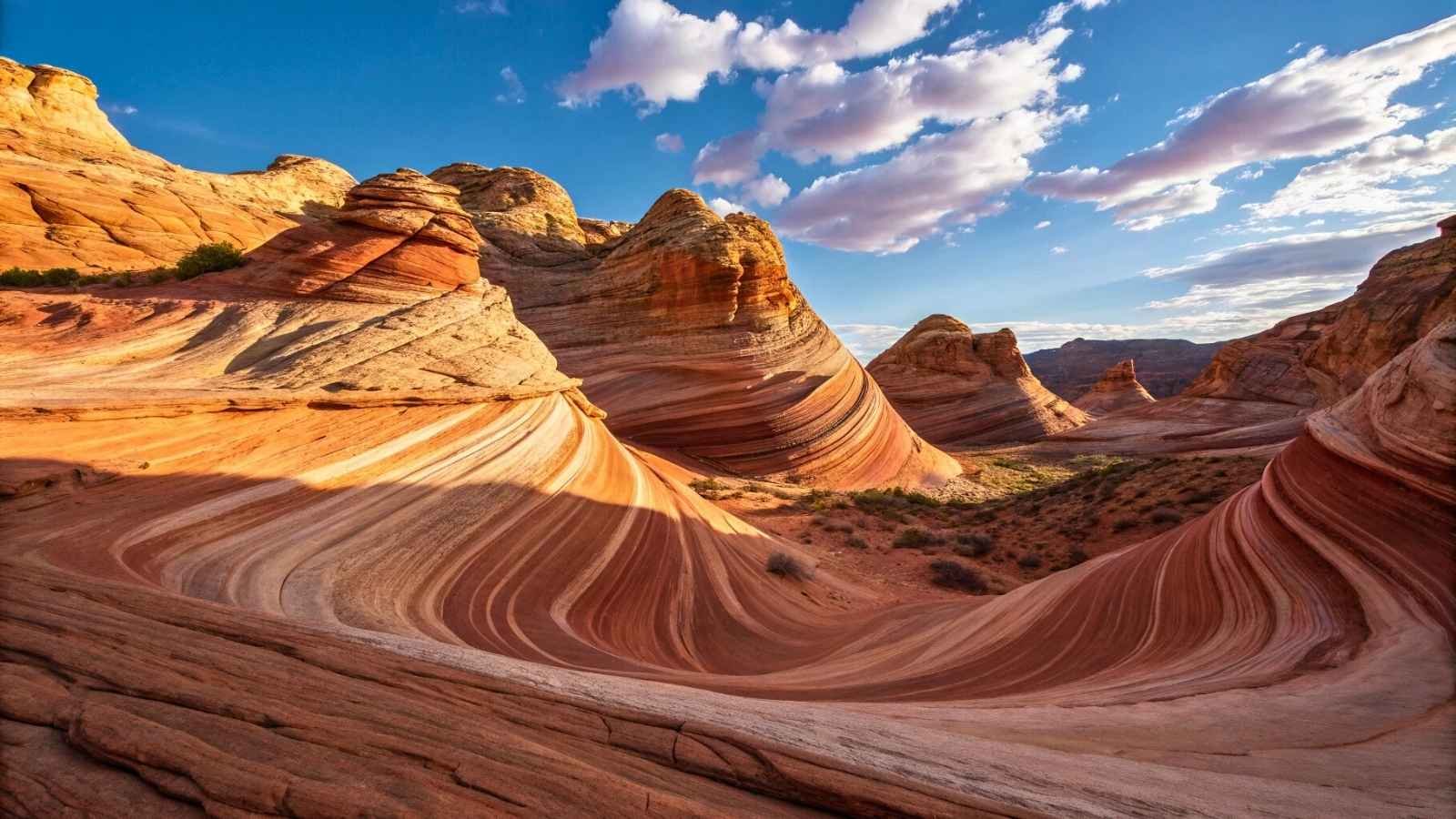
Most people hear “Coyote Buttes” and think of The Wave—an area that’s stunning but requires a competitive permit. What they don’t realize is that nearby areas in Coyote Buttes South and the surrounding Paria Plateau are permit-free, lightly trafficked, and jaw-droppingly beautiful.
Waves of swirling sandstone, red cliffs, and wind-carved formations stretch across the landscape in every direction. Hiking here means moving slowly, taking in the textures, and discovering surprises around every corner. White Pocket, in particular, is a standout—a kaleidoscope of colors and formations that look computer-generated.
While you’ll need a sturdy vehicle to access these spots, what you’ll get in return is solitude, freedom, and views that rival the best of the American Southwest.
Quick Facts:
- Best Months to Visit: October–April
- Access: 4WD required (especially to White Pocket)
- Camping: Free dispersed camping nearby
- Hiking Highlight: White Pocket area (explore freely)
- Fees: None in non-permit zones
6. Lava River Cave – Adjacent to Crater Lake National Park, Oregon
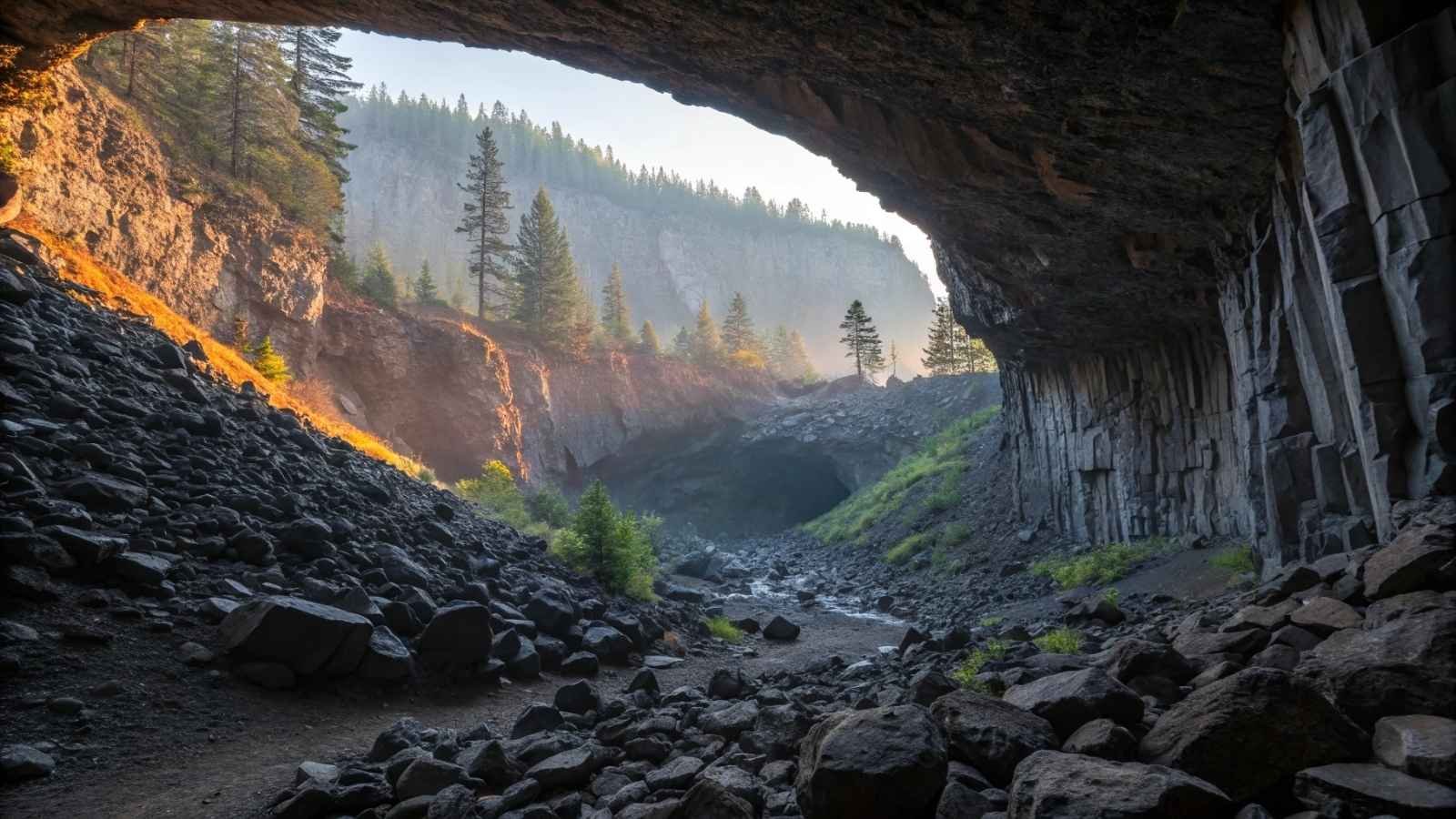
While Crater Lake draws crowds to its sapphire waters, just over an hour’s drive north lies a lava tube you can hike inside. The Lava River Cave, part of the Newberry National Volcanic Monument, offers a full mile of underground exploration—no guide, no entry fee, just you, your flashlight, and the haunting echoes of ancient eruptions.
The temperature inside is a crisp 42°F year-round, so it’s the kind of place where you go from summer sun to subterranean chill in a few short steps. The path is rocky and dim, but the sheer novelty of walking inside a massive lava tunnel makes it unforgettable.
Bring a couple of strong lights and prepare to get a little dirty—you’re hiking through cooled lava rock, after all. It’s spooky, silent, and surprisingly fun, especially if you like your adventures with a dose of geology and mystery.
Quick Facts:
- Best Months to Visit: June–September (seasonal access)
- What to Bring: 2+ light sources, warm jacket
- Length: 2.2 miles round-trip
- Fee: None (but small parking donation encouraged)
- Pets: Not allowed in the cave
7. Peralta Trail, Tonto National Forest – Near Tonto National Monument, Arizona
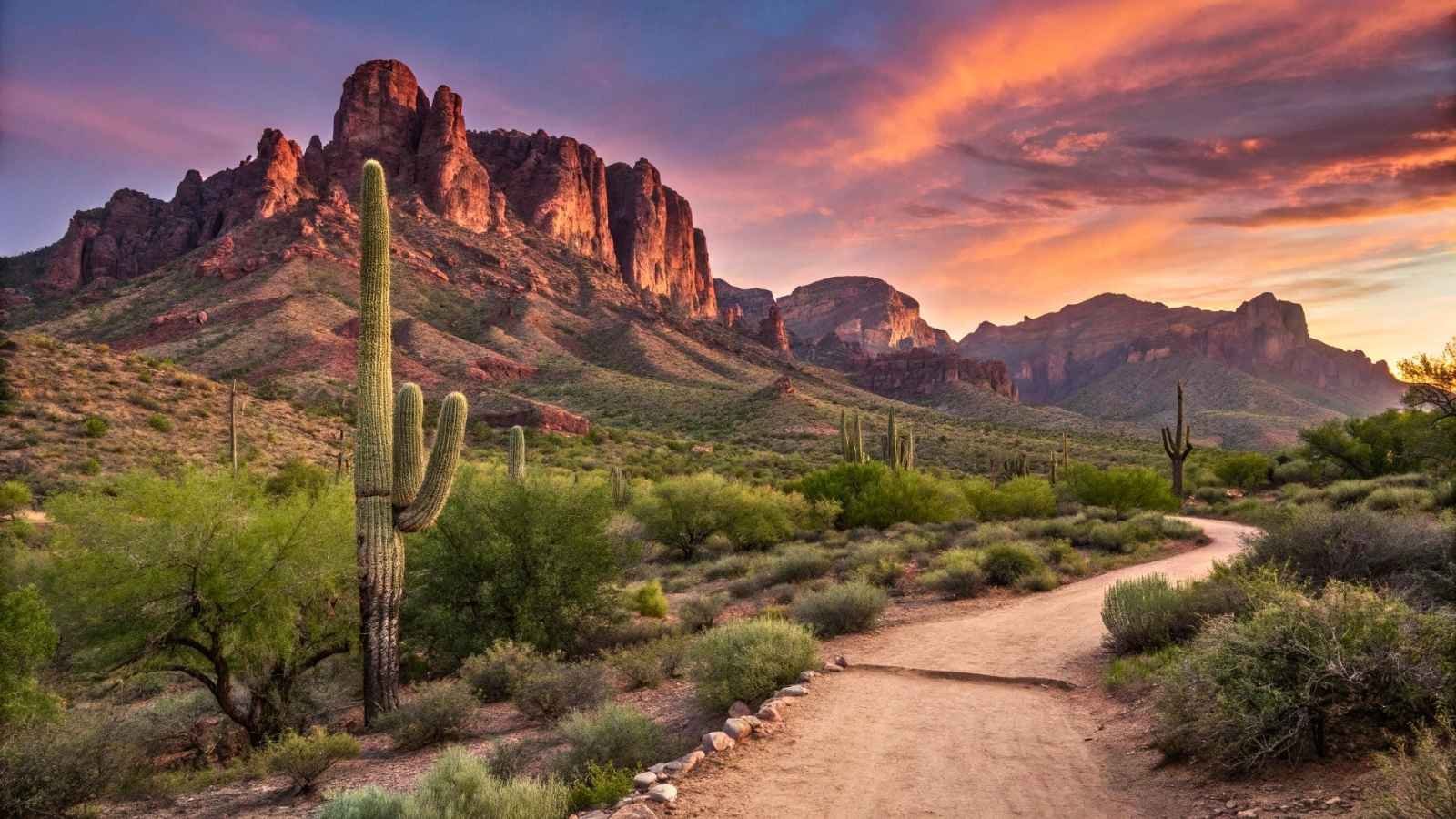
A desert classic with soul, Peralta Trail winds through the rugged Superstition Mountains like a secret waiting to be shared. Not only is it free and wild, but the landscape flips between sun-blasted rock walls, narrow canyons, and panoramic vistas, culminating in a jaw-dropping view of Weaver’s Needle, a volcanic spire that looms like a desert cathedral.
This one isn’t a secret to locals, but it still flies under the radar for many out-of-state travelers focused on national parks. And while the desert can be harsh, the quiet beauty and the layered light on the rocks make this trail feel like something out of a dream.
You’ll sweat, sure—but that’s part of the deal. And when you hit the saddle and gaze out across the wilderness, you’ll know why this hike belongs on any list of must-do free adventures.
Quick Facts:
- Best Months to Visit: October–April
- Trail Distance: 4.9 miles round-trip to Fremont Saddle
- Trail Type: Moderate, steady incline
- Parking Fee: None
- Crowds: Medium on weekends, quiet weekdays
8. Gros Ventre Range – Adjacent to Grand Teton National Park, Wyoming
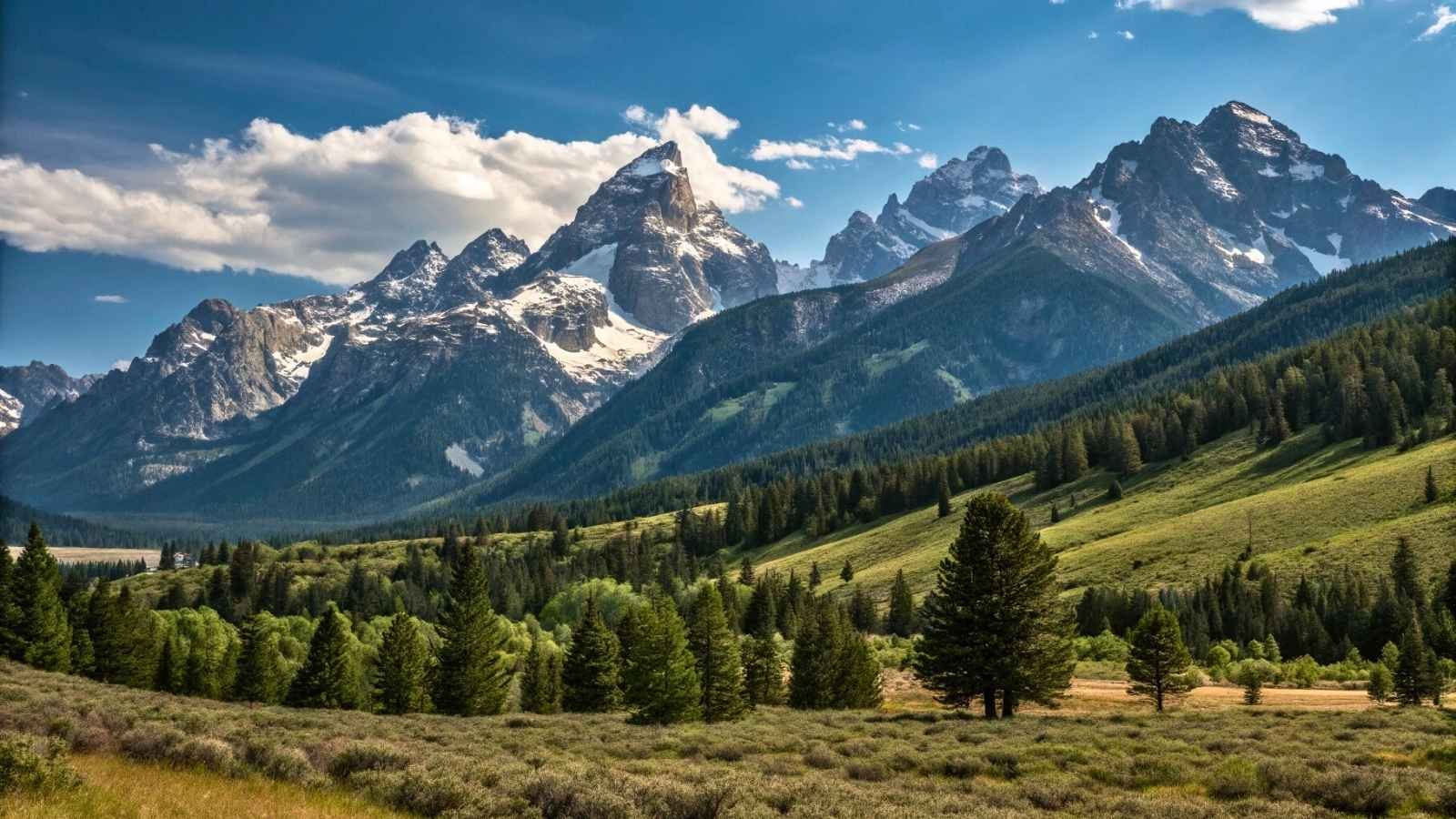
Skip the park pass and head just east of the Tetons for views just as spectacular, minus the tour buses. The Gros Ventre (pronounced “Grow Vaunt”) Range is wild, open, and full of that high-alpine energy that makes your lungs burn and your spirit feel wide open.
Trails like Sheep Mountain (aka The Sleeping Indian) give sweeping panoramas of the Tetons without ever setting foot in the park. And the wildlife? Still there—moose, bears, and bighorn sheep all frequent this area, and if you’re quiet enough, you just might spot one.
This part of the Bridger-Teton National Forest offers the kind of quiet that’s hard to come by these days. Big views, big skies, and room to breathe—Gros Ventre delivers all that and more, with zero gate fees.
Quick Facts:
- Best Months to Visit: June–October
- Trail Highlight: Sheep Mountain (7.5–9 miles, strenuous)
- Camping: Dispersed, free with some developed options nearby
- Wildlife Caution: Carry bear spray
- Fees: None
9. Mount Herman Trail – Adjacent to Pike National Forest & near Rocky Mountain National Park, Colorado
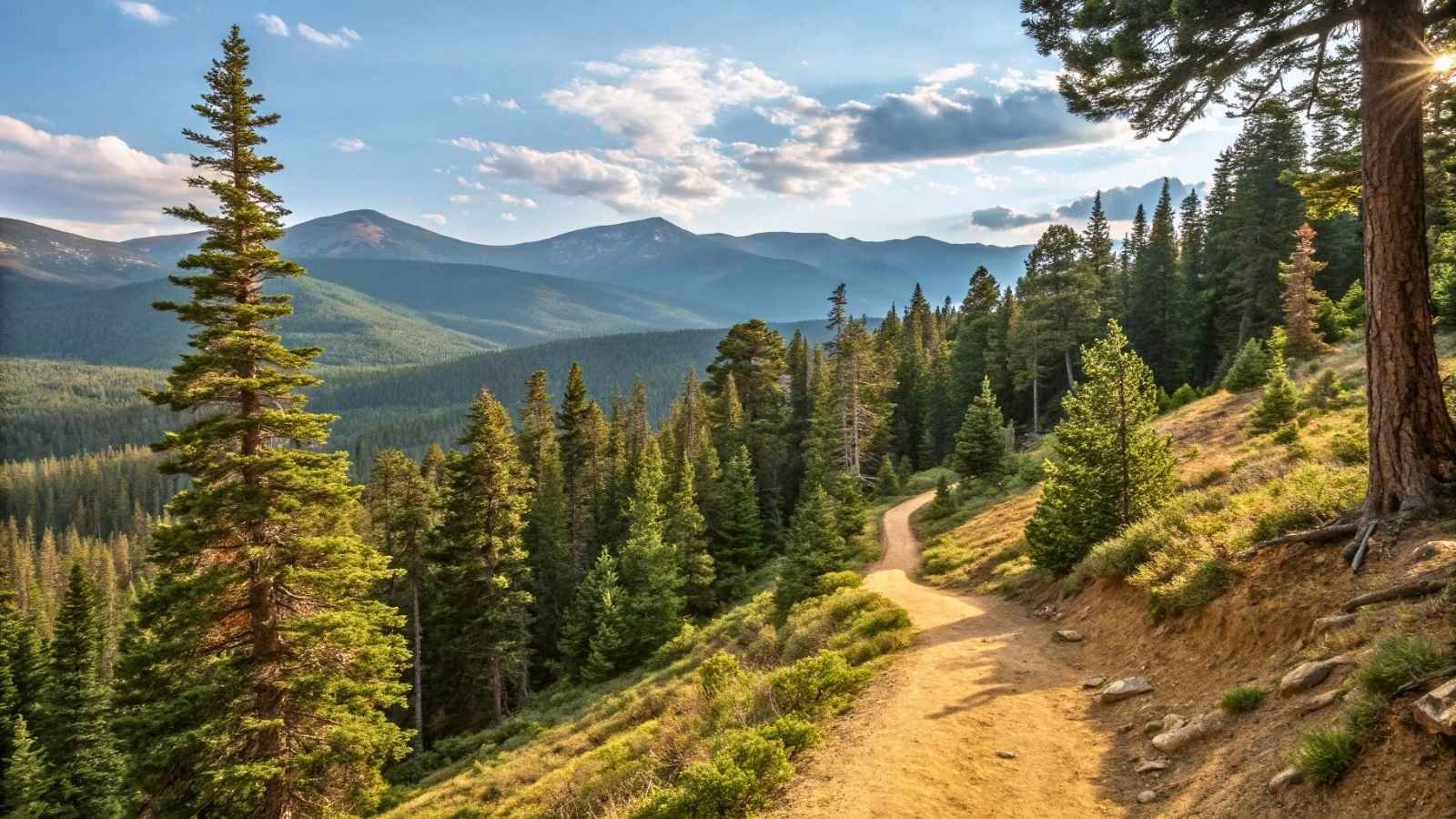
When the Rockies call, you don’t always need to head into the park to get your fix. Mount Herman, rising above the town of Monument, offers a hike that feels both approachable and rewarding. You’ll climb through dense forest, burst into sun-drenched meadows, and top out with sweeping views of the Front Range.
It’s not far from Colorado Springs, which means it makes for a perfect half-day getaway. And even though it’s well-loved locally, it never feels crowded. The best part? You’re soaking in all the grandeur of Colorado’s high country without paying a dime or needing a permit.
It’s the kind of hike that sneaks up on you—not too long, not too tough, but surprisingly satisfying when you hit the summit and look out over miles of mountain horizon.
Quick Facts:
- Best Months to Visit: May–October
- Distance: 2.2 miles one way
- Trail Difficulty: Moderate
- Camping: Nearby in Pike National Forest
- Fees: None
10. Snow Canyon Overlooks – Adjacent to Zion National Park, Utah
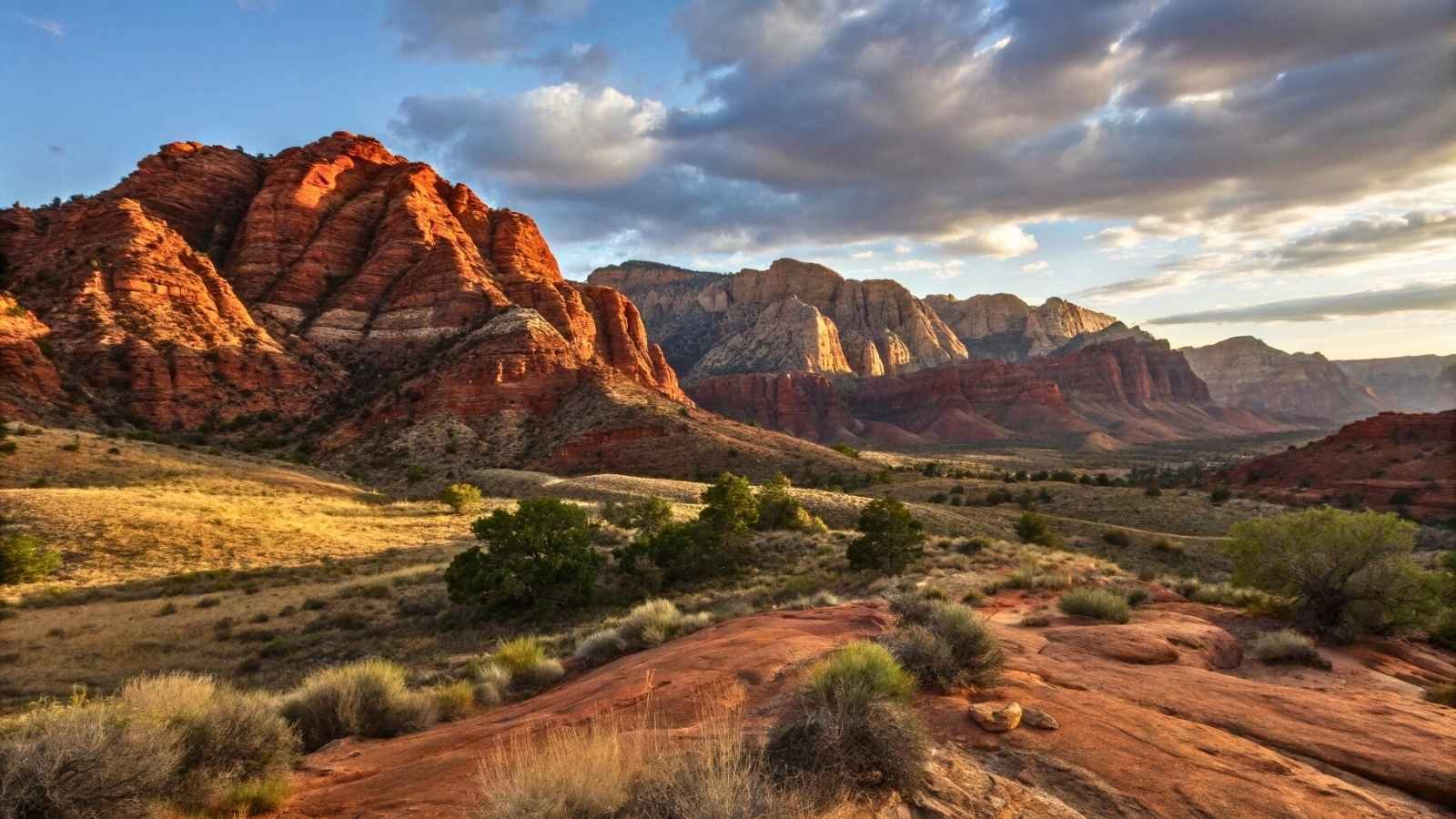
Zion gets the spotlight—and the lines—but right next door, Snow Canyon State Park and its surrounding public lands offer red cliffs, lava flows, slot canyons, and glowing white sandstone domes. And guess what? You can access the overlooks and adjacent BLM trails for free, skipping the state park fee zones if you plan your route carefully.
From high ridgelines, you’ll get views that rival Zion’s iconic canyons. Trails like the Red Mountain Trail (free access) take you above it all—literally. And since it’s just a short drive from St. George, it’s easy to pair with other adventures or make into a peaceful sunset hike.
This one’s a gem for photographers and hikers alike—vivid color, crazy formations, and near-zero crowds if you time it right. The difference in serenity compared to Zion is almost laughable.
Quick Facts:
- Best Months to Visit: October–April
- Access Trail: Red Mountain Trail (5.2 miles out-and-back)
- Fee-Free Zones: Red Mountain Trailhead (BLM access point)
- Camping: Available in nearby BLM and state park areas
- Pets: Allowed on certain trails
- Fees: None (with proper trailhead use)


